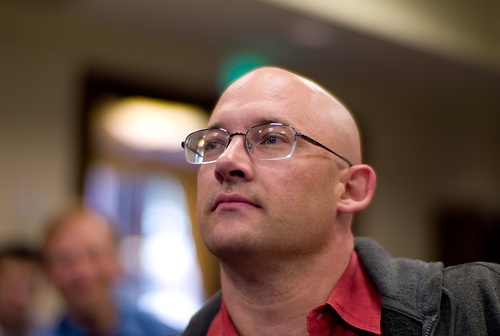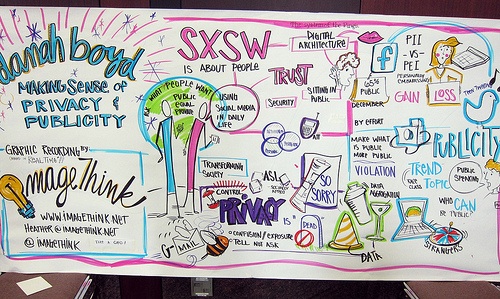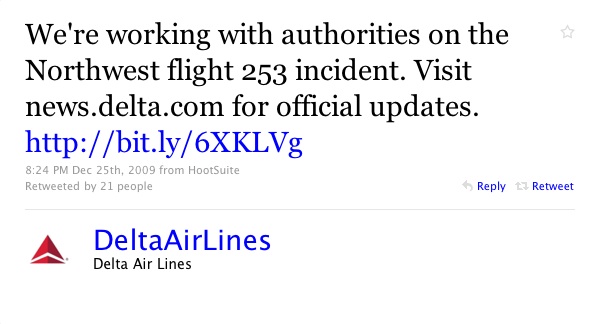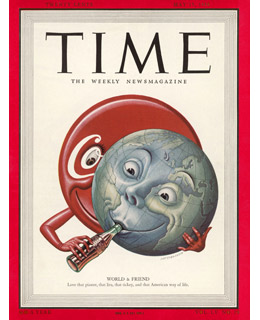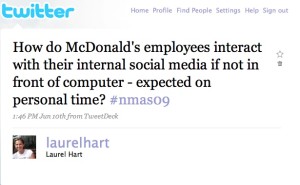We’re back from a Presidents Day break last week (and, well, for me from being very under the weather as well).
- Pew Research on Privacy: The Pew Internet and American Life Project released new data on social network users and privacy, “Privacy management on social media sites.” The report notes, “Profile “pruning” is on the rise. Deleting unwanted friends, comments and photo tags [has grown] in popularity.”
- Pinterest and Copyright: While Pinterest is continuing to grow in adoption, questions about its ability to manage copyright issues are also rising. See: “Is Pinterest a Haven for Copyright Violations?,” “Pinterest’s uneasy relationship with copyright law: what happens next” and “New code lets websites opt-out of Pinterest.”
- Twitter and Rumors: Two interesting pieces on the intersection of Twitter and rumors or misinformation. “Twitter and Death Hoaxes, Alive and Sadly, Well,” from the New York Times; and from The Guardian, a fascinating interactive look at how specific rumors spread on Twitter during the UK riots last year, “Riot rumours: how misinformation spread on Twitter during a time of crisis.”
- New NPR Ethics Handbook: Craig Silverman at Poynter reviewed NPR’s new Ethics Handbook, “NPR handbook offers accuracy tips for all news orgs, including ‘errors are inevitable.'”
- China and Social Media: Nieman Journalism Lab reviewed a fairly new site that draws news from social media within China called Tea Leaf Nation, “Tea Leaf Nation: A look at China through a social media lens.”
- China and Human Rights: This is a worth listening, but if you didn’t hear the This American Life episode in January with Mike Daisey, “Mr. Daisey and the Apple Factory,” it’s recommended. (Part of the episode is excerpted from Daisey’s live show, “The Agony and the Ecstasy of Steve Jobs,” running in NYC currently at the Public Theater).

